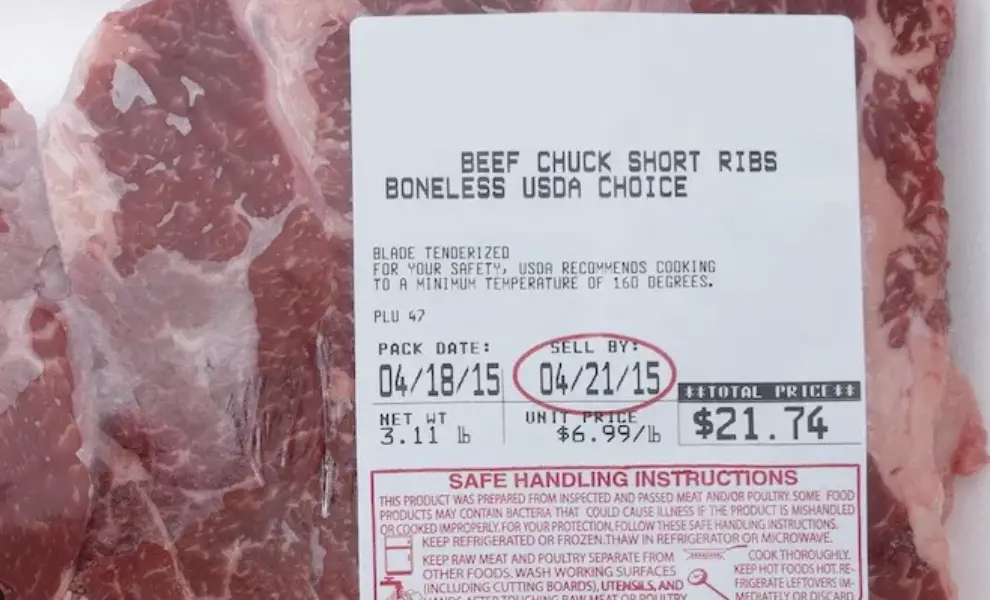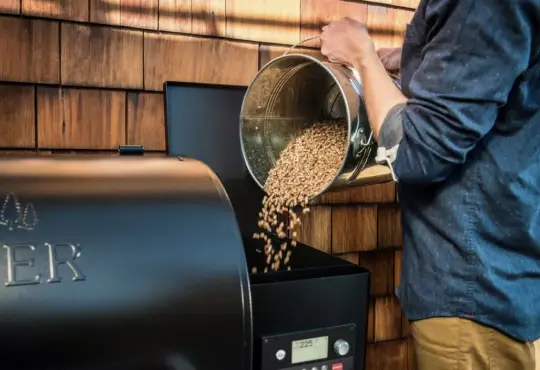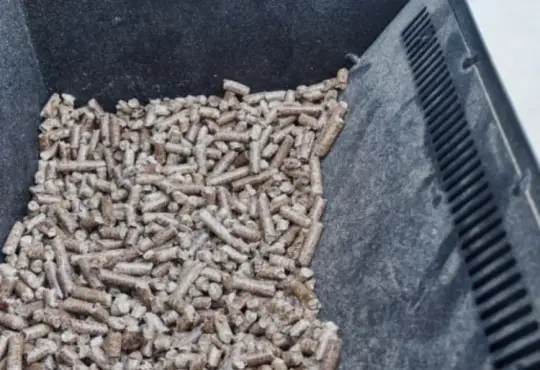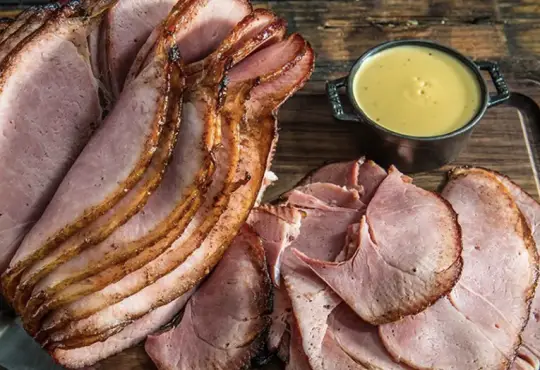
Savor with Confidence: How to Tell if a Steak is Bad
Few culinary pleasures rival the satisfaction of indulging in a perfectly cooked steak. Whether you prefer a juicy ribeye, tender filet mignon, or flavorful New York strip, a high-quality steak can elevate any meal. However, it’s crucial to ensure that the steak is fresh and safe to eat. In this blog post, we’ll guide you through essential tips on how to tell if a steak is bad, so you can savor your steak with confidence and peace of mind.
- Check the Expiration Date:
If you’ve purchased a pre-packaged steak, the first step is to check the expiration or “use-by” date on the packaging. Always choose steaks that are well within their recommended date to guarantee freshness.
- Inspect the Color and Appearance:
A fresh steak should have a vibrant and appealing color. Depending on the type of steak, it may range from deep red to dark brown, but it should be uniform and consistent. Any discoloration, such as green or gray patches, could indicate spoilage and should be a cause for concern.
- Assess the Smell:
One of the most evident signs of a bad steak is a foul or sour odor. Fresh steaks should have a mild, slightly sweet smell. If you detect a strong, rancid, or ammonia-like odor, the steak is likely spoiled, and it is best to discard it immediately.
- Feel the Texture:
Gently press the surface of the steak with your fingertips. A fresh steak should feel firm to the touch and bounce back slightly. If the meat feels mushy, slimy, or sticky, it has likely started to spoil.
- Check for Excessive Moisture:
Excessive moisture or liquid pooling in the packaging can be an indication of bacterial growth. If the steak appears excessively wet, it may have begun to spoil, and you should avoid consuming it.
- Look for Mold:
Mold growth on the surface of the steak is a clear sign of spoilage. While some types of mold on aged steaks are harmless, any mold growth on fresh steaks is a strong indicator of degradation and should be avoided.
- Assess the Packaging:
If the steak is in a vacuum-sealed package, examine it for any signs of air leakage or bloating. A swollen or inflated package can be a sign that bacteria are present and have produced gases, rendering the steak unsafe to eat.
- Consider the Storage:
Proper storage is vital to keeping steaks fresh. If the steak has been left at room temperature for an extended period or if it was improperly stored in the refrigerator or freezer, it may be unsafe to consume.
Conclusion:
As you prepare to savor a delicious steak, taking a few moments to inspect its appearance, smell, and texture can save you from potential foodborne illnesses. A fresh and safe steak should have an appealing color, mild aroma, and a firm texture. Any signs of discoloration, foul smell, or unusual texture indicate spoilage and should be a signal to discard the steak.
By following these tips and practicing proper storage and handling, you can confidently select and enjoy a high-quality steak for your culinary adventures. Prioritize food safety, and treat yourself to the pleasure of a well-prepared and safe-to-eat steak every time you grill or cook one to perfection!






